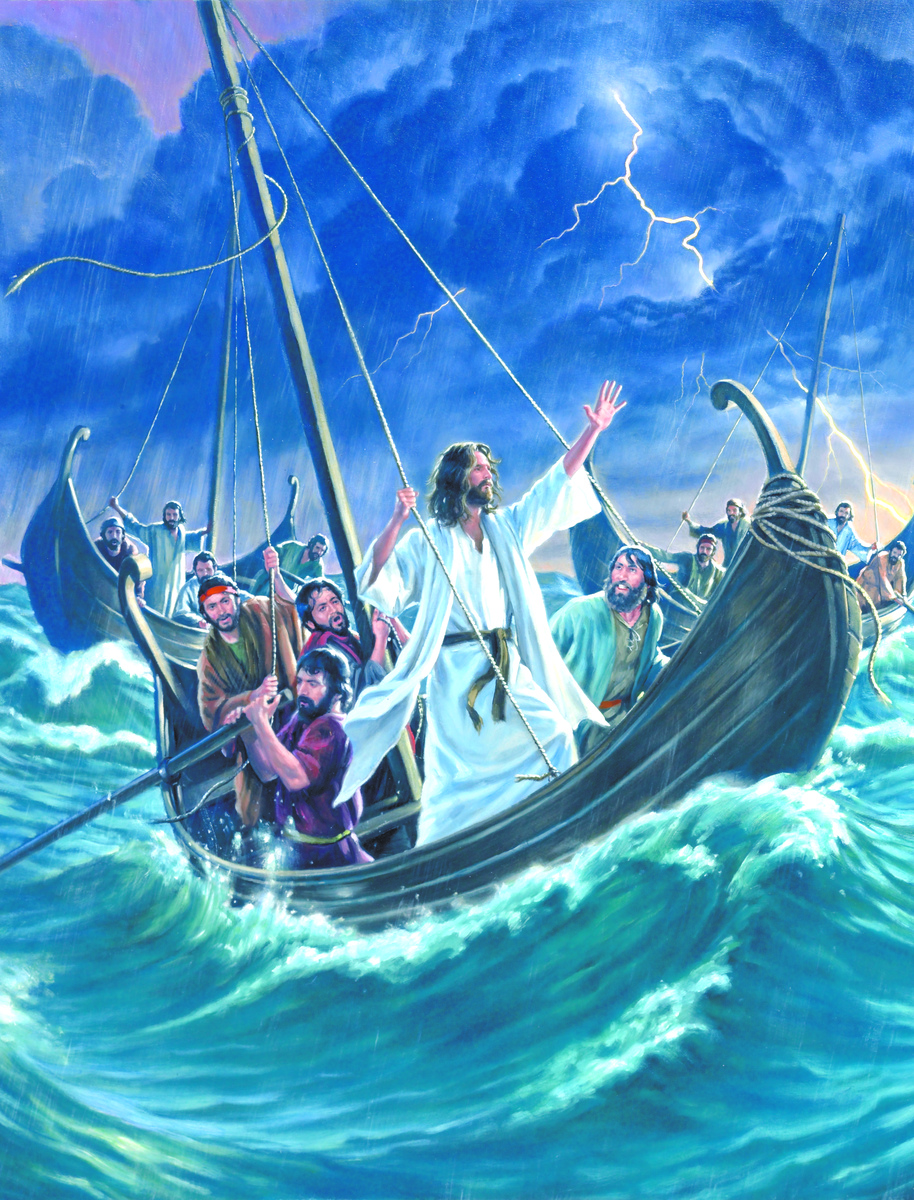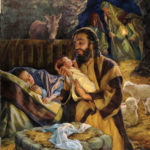The text for this lesson is Luke 8:22–25
Key Point
- Jesus is the true God who stilled the storm. Jesus continues to do the works of God in my life.
- Law: When I am in danger, I fail to look to Jesus for rescue; in my sin, I doubt His ability to help me when I am afraid.
- Gospel: Jesus is the man who is also God, and He has been given all authority in heaven and on earth to protect me from anything that might threaten me. As true God, He is at work in my life, protecting me from danger and rescuing me from sin, death, and the devil.
Context
- Jesus conducted most of His Galilean teaching and healing ministry in the towns of Capernaum, Chorazin, and Bethsaida, three towns that surround the Sea of Galilee. In this account, Jesus wants to go to the “other side” (Luke 8:22). The other side is the region of the Gerasenes (v. 26). In other texts, the southeast side of the Sea of Galilee is also called “the Decapolis” (Mark 5:20) or “the country of the Gadarenes” (Matthew 8:28).
The region of the Gerasenes was populated by Gentile pig herders, so Jesus’ decision to cross the lake would not have been popular among His disciples. Their understanding of Old Testament purity laws would have made a trip into Gentile lands unthinkable. Any contact with something that was ritually unclean made them ritually unclean as well. The country of the Gerasenes was, in its totality, unclean.
After this account comes the healing of the Gerasene demoniac. After he is healed, the villagers beg Jesus to leave, only to crowd the seashore with the sick the next time they hear Jesus is coming.
Commentary
- Having concluded a long period of teaching and healing in Galilee, Jesus chooses to expand His missionary activity into the regions outside of Israel proper. After the journey begins, Jesus goes to sleep and leaves the handling of the boat to His disciples, many of whom are experienced fishermen.At this point, a windstorm comes up. These storms were relatively common on the Sea of Galilee and made a trip all the way across the lake somewhat dangerous.
Even with several experienced fishermen on deck, the disciples are terrified. Water is filling the boat, and they are in danger of sinking. In their fear, they wake Jesus and tell Him that they are “perishing” (Luke 8:24). Jesus wakes up and immediately rebukes the wind and waves. The storm ceases immediately.
Our Lord’s next words are perfectly reasonable. He asks, “Where is your faith?” (v. 25). It’s a good question. The disciples have ample reason to know exactly who Jesus is. Consider what they’ve seen Jesus do recently. They’ve seen Him raise the widow’s son at Nain (7:14–15), heal the centurion’s servant (v. 10), and heal the sick and cast out unclean spirits (6:17–19). But even with all of this experience, the disciples wonder, “Who then is this, that He commands even winds and water, and they obey Him?” (8:25).
When trials come, even those with the strongest faith in Christ are assailed by doubt. This is why even those who were taught by our Lord Himself and witnessed His miracles struggled with the same sorts of questions that plague us. They had seen Jesus raise the dead, but the calming of the storm still amazed them. It revealed that Jesus didn’t just have mastery over life and death, but also that He was Lord over the forces of nature that they didn’t understand. This miracle was a demonstration that Jesus is indeed true God, for only the One who created the wind and waves could have mastery over them.







